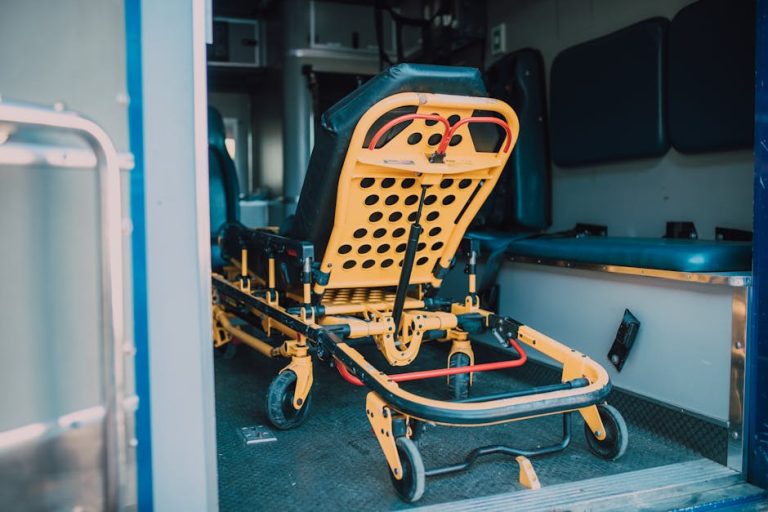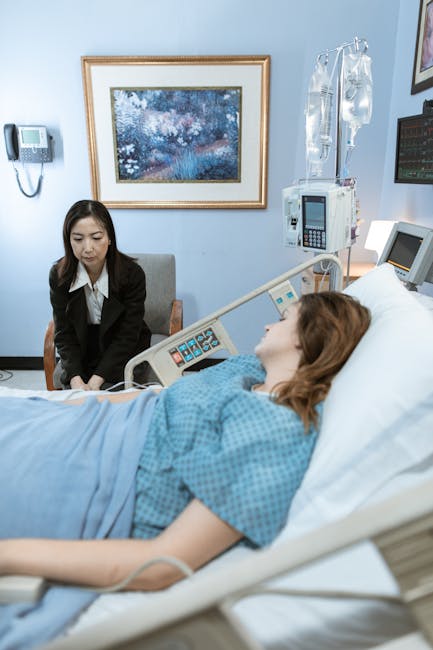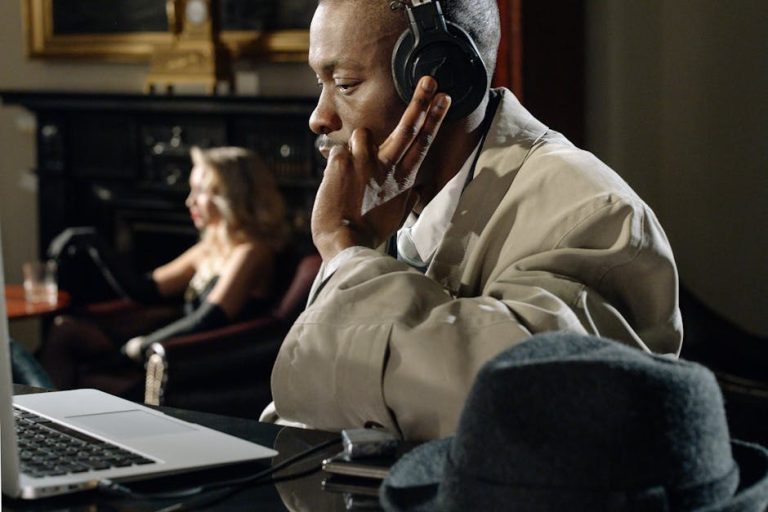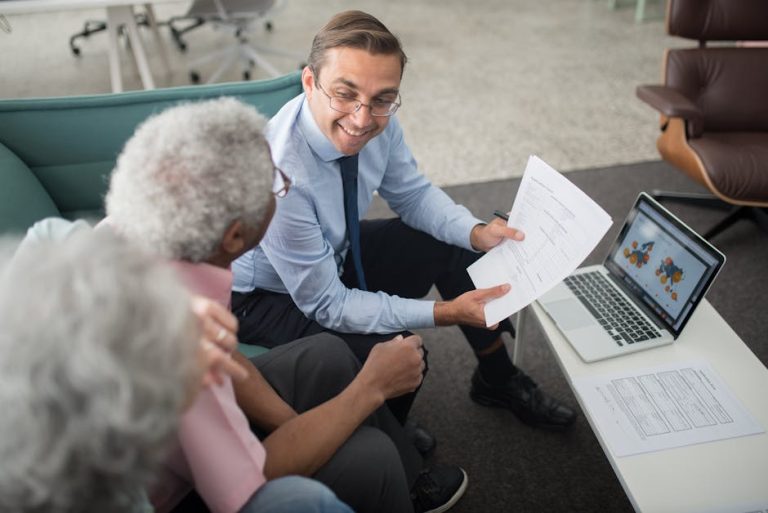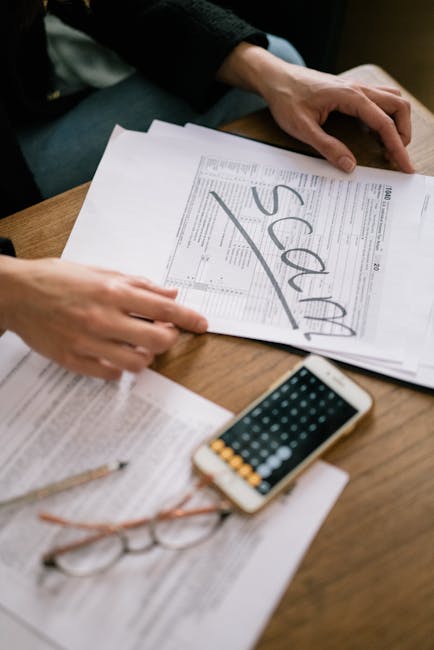
Of course. Here is a comprehensive and detailed article on recognizing and responding to stroke symptoms, written to be eloquent, informative, and impactful.
How to Recognize and Respond to Stroke Symptoms: A Guide to Saving a Life
In the intricate tapestry of human health, few medical events are as sudden, as terrifying, and as time-sensitive as a stroke. Often described as a “brain attack,” a stroke occurs when the vital flow of blood and oxygen to a part of the brain is disrupted, causing brain cells to begin dying within minutes. It is a leading cause of disability worldwide and a formidable cause of mortality. Yet, amidst the fear and urgency it inspires, there exists a powerful, life-altering truth: our knowledge and our immediate response are the most potent weapons we possess. Understanding how to recognize the signs of a stroke and knowing precisely how to act can irrevocably change a person’s story, transforming a potential tragedy into a story of survival and recovery.
This article serves as a detailed guide, a compassionate yet urgent manual designed to equip you with the knowledge to become a first responder in one of life’s most critical moments. We will delve into the subtle and overt signals the body sends, demystify the crucial acronyms designed for easy recall, and outline the unequivocal steps to take when every second is a precious commodity.
The Silent Crisis: Understanding What a Stroke Is
To appreciate the symptoms, it helps to understand the event itself. A stroke is not a single monolithic condition but typically manifests in one of two forms:
- Ischemic Stroke: Accounting for nearly 85% of all cases, this is the most common type. It occurs when a blood clot blocks or plugs an artery leading to the brain. The clot may form in the artery itself (thrombotic stroke) or travel from elsewhere in the body, such as the heart (embolic stroke).
- Hemorrhagic Stroke: This less common but often more severe type happens when a weakened blood vessel in the brain ruptures and bleeds into the surrounding tissue. The accumulated blood compresses brain structures, causing damage.
In both scenarios, the result is the same: brain cells, deprived of their life-sustaining oxygen and nutrients, begin to perish. The functions controlled by that area of the brain—be it speech, movement, or memory—are consequently impaired or lost. The extent of the damage is directly proportional to the duration of the deprivation, making time the single most important variable in the equation of survival and recovery.
The Body’s Distress Signals: Recognizing the Symptoms
A stroke often announces its arrival with sudden, unmistakable, and often painless symptoms. They can appear in isolation or, more commonly, in a cluster. The key identifier is their abrupt onset. One moment the person is fine; the next, they are not. The most widely recognized and effective tool for identifying a stroke is the FAST acronym, a simple yet brilliant mnemonic developed by healthcare professionals for public education.
F – Face Drooping: Ask the person to smile. Does one side of their face droop or feel numb? Is their smile uneven or lopsided? This asymmetry is one of the most classic and visible signs of a stroke.
A – Arm Weakness: Ask the person to raise both arms straight out in front of them with their palms up. Does one arm drift downward? Are they unable to lift one arm at all? This weakness or numbness on one side of the body is a clear indicator of neurological distress.
S – Speech Difficulty: Ask the person to repeat a simple sentence, such as “The sky is blue.” Is their speech slurred, strange, or difficult to understand? Do they seem confused and unable to form coherent words? Speech is a highly complex neurological function and is often one of the first to be affected.
T – Time to Call Emergency Services: If the person shows any of these symptoms, even if the symptoms seem to fluctuate or go away, it is TIME TO CALL FOR AN AMBULANCE IMMEDIATELY. Do not hesitate. Note the time when the symptoms first appeared, as this is critical information for medical providers.
While FAST covers the most common signs, a stroke can present in other ways. Being aware of these additional symptoms can provide a more complete picture:
- Sudden Numbness: A sudden loss of sensation or a “pins and needles” feeling, especially on one side of the body, in the face, arm, or leg.
- Sudden Confusion: Abrupt trouble understanding speech, processing what is happening, or experiencing a sudden state of disorientation.
- Sudden Vision Problems: Trouble seeing in one or both eyes. This may present as blurred or blackened vision, double vision, or an inability to focus.
- Sudden Trouble Walking: A loss of balance, a lack of coordination, sudden dizziness, or a tendency to stumble or veer to one side.
- Sudden Severe Headache: A thunderclap headache—an explosive, incredibly intense headache that comes on without any known cause—often described as “the worst headache of my life.” This is particularly associated with a hemorrhagic stroke.
It is paramount to remember that these symptoms can occur in any combination and their severity can range from mild to profound. A transient ischemic attack (TIA), or “mini-stroke,” presents with identical symptoms but they typically resolve completely within a short period (minutes to a few hours). A TIA is a major warning sign that a full-blown stroke may be imminent and requires the exact same urgent medical attention. Never ignore symptoms simply because they fade.
The Golden Hour: Your Immediate Response
When you suspect someone is having a stroke, your actions must be swift, calm, and decisive. Panic is a natural reaction, but it is a luxury that cannot be afforded. Here is your step-by-step action plan:
- Call Emergency Services Immediately: This is the first and most critical step. Do not call their family doctor, do not drive them to the hospital yourself, and do not wait to see if the symptoms improve. Dial the emergency number in your country (e.g., 911, 112, 999). Emergency Medical Services (EMS) are trained to provide life-saving care en route to the hospital and can alert the hospital ahead of time, preparing the stroke team for immediate action upon arrival. Time saved is brain saved.
- Note the Time of Onset: If you are a witness, try to determine the exact time the symptoms first began. This piece of information is invaluable to doctors as it determines the eligibility for certain powerful clot-busting medications, which are most effective when administered within a specific window.
- Stay with the Person and Keep Them Calm: Reassure them. Speak in a calm, steady voice. Let them know that help is on the way. Your presence is a powerful anchor in their sudden storm of confusion and fear.
- Ensure a Safe Environment: If the person is sitting or standing, help them to the floor or a chair to prevent injury from a potential fall. Loosen any tight clothing, such as a collar or scarf.
- Monitor Their Condition: Be prepared to provide information to the EMS dispatcher and the paramedics. Note any changes in their condition, their ability to speak, or their level of consciousness.
- Do Not Give Them Anything: It is crucial that you do not offer the person any food, drink, or medication. A stroke can impair swallowing, leading to choking or aspiration into the lungs.
- Be Prepared to Act: If the person becomes unresponsive, be prepared to inform the dispatcher and, if trained, be ready to administer CPR.
The Aftermath: Why Your Action Matters
The chain of survival you initiate by making that call sets in motion a highly specialized medical response. At the hospital, a team of neurologists, emergency physicians, and radiists will work rapidly to determine the type of stroke through scans like a CT or MRI. Treatments for an ischemic stroke may include administering a thrombolytic (“clot-busting”) drug called tPA or performing a mechanical thrombectomy to physically remove the clot. For a hemorrhagic stroke, treatment focuses on controlling the bleeding and reducing pressure on the brain.
The difference between acting quickly and hesitating can be the difference between:
- Life and death.
- A full recovery and a permanent, severe disability.
- Independence and a lifetime of needing care.
- Preserving memory, speech, and personality versus losing them.
Your recognition and response are not just the first link in the chain; they are the foundation upon which all subsequent medical miracles are built. By internalizing the FAST acronym and the steps outlined here, you arm yourself with more than just information—you arm yourself with the power to grant someone the most priceless gift: the gift of time, and with it, the hope for a future. Share this knowledge, discuss it with your loved ones, and be the calm in someone’s storm. You could save a life.
